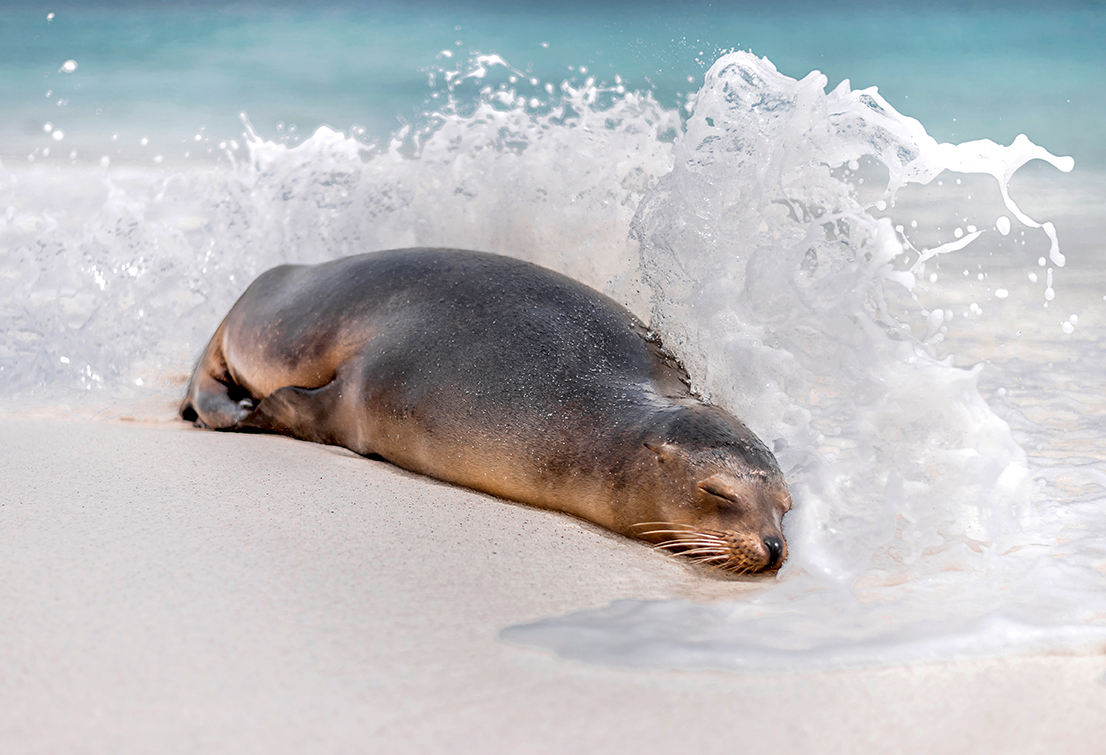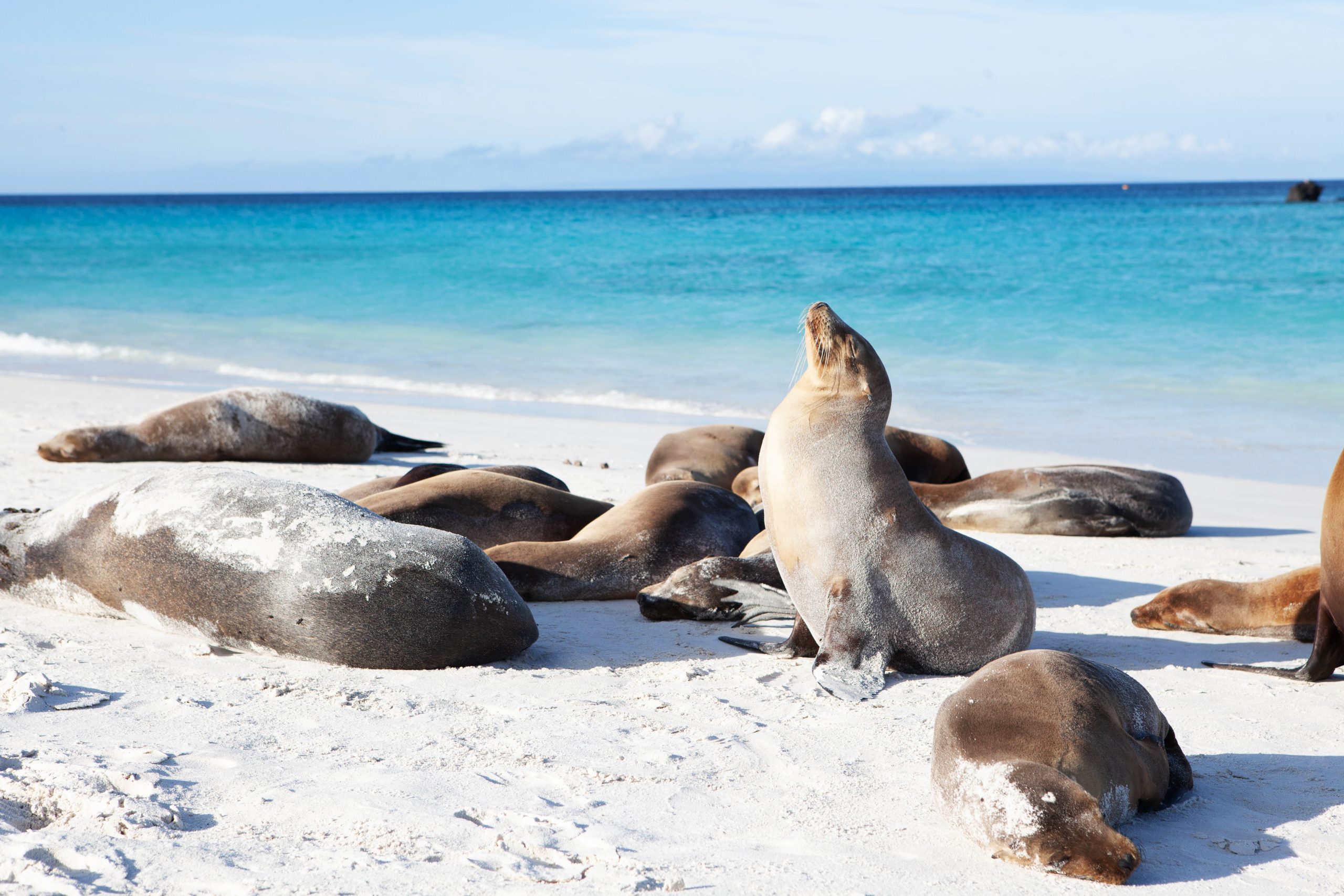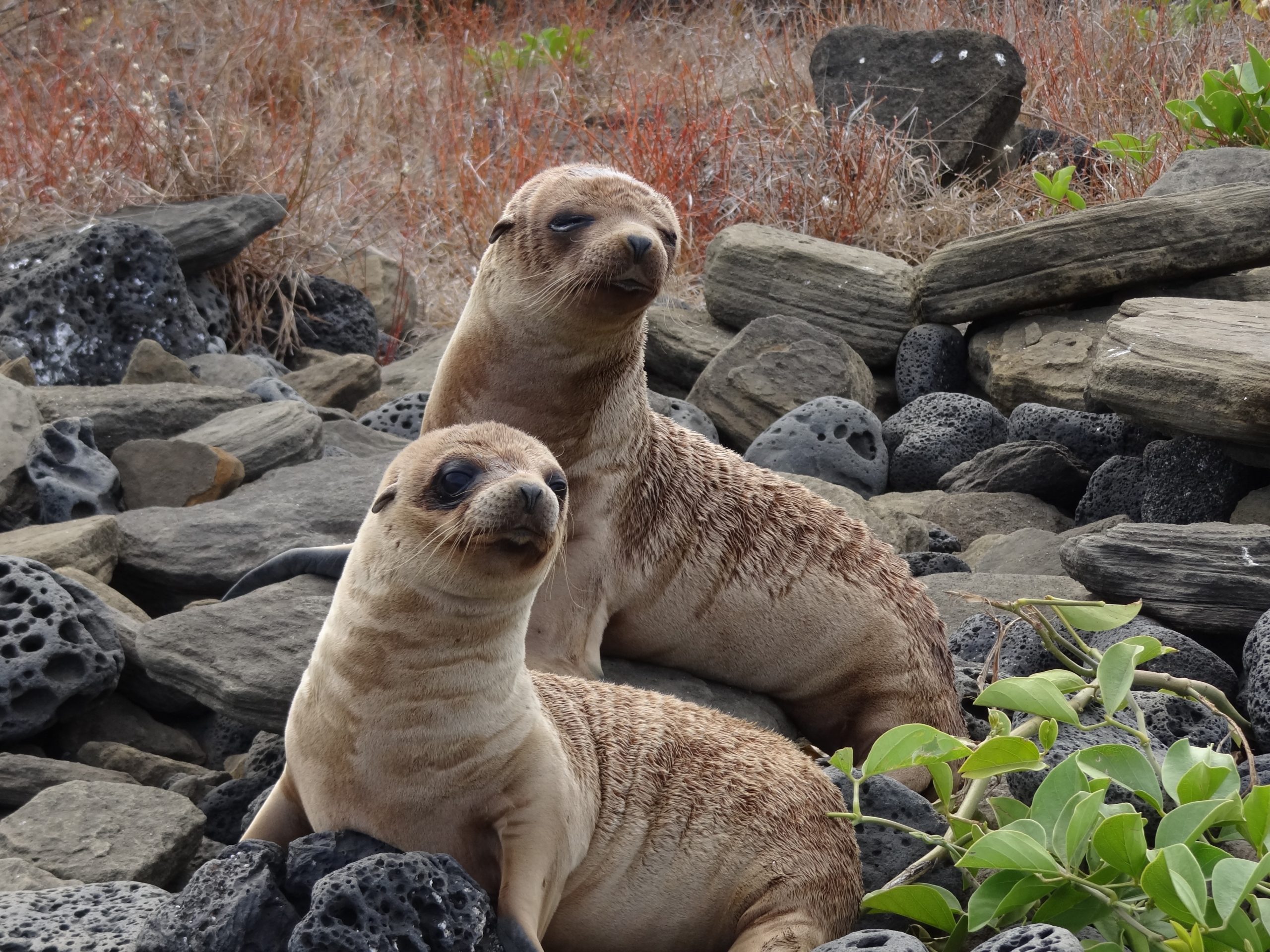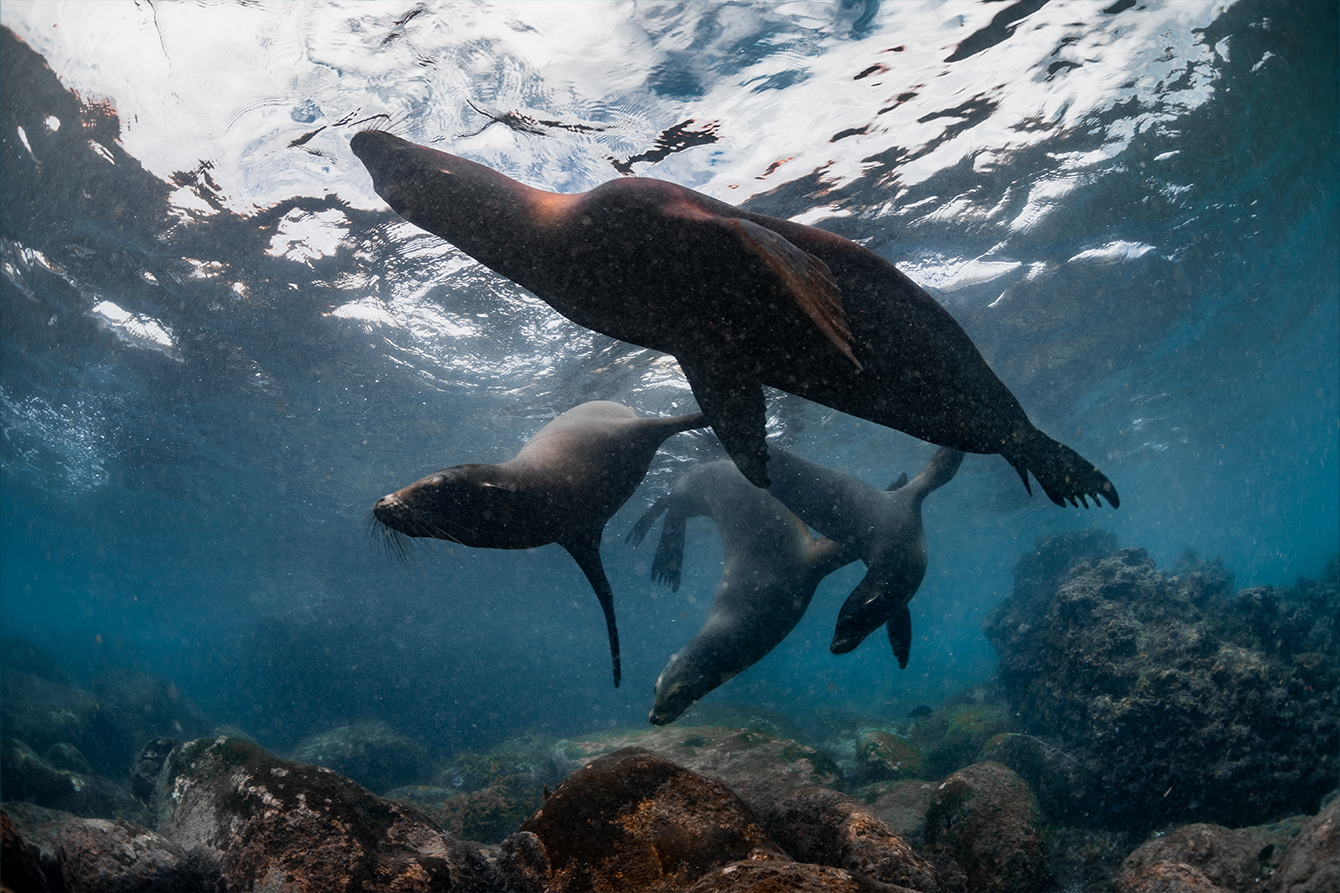Assessing the Threats of Climate Change to Sea Lions and Fur Seals
At the nexus of major ocean currents that mix both warm and cold waters, Galápagos’ waters are some of the most nutrient-rich and biodiverse on Earth. This setting allows Galápagos to support a wider variety of species than just about anywhere else in the world. Here, tropical species like Reef Sharks, Green Sea Turtles, and Blue-footed Boobies coexist with sub-Antarctic species like Penguins, Sea Lions, and Fur Seals. Populations of both Sea Lions and Fur Seals have declined by more than 50% since 1980, and both are now classified as endangered species. Galápagos Conservancy is partnering with the Universidad de San Francisco – Quito on a two-pronged project to assess the causes of the population decline, including food availability and quality, movement patterns, and breeding behavior.
-
Project Location
Galápagos Marine Reserve
-
Partnership Launch
2022
-
Sea Lion and Fur Seal Population Decline
More than 50% in last 40 years
-
Partner
Universidad San Francisco de Quito

Why It Matters
- Galápagos Sea Lions and Fur Seals are considered to be sentinel species – species that are sensitive to environmental disturbances and that provide an early warning that ecosystems are out of balance before other species display those effects. The steep decline in populations of both Sea Lions and Fur Seals in the last four generations is a sign of disfunction in Galápagos marine ecosystems.
- Though Sea Lions and Fur Seals are not apex predators in Galápagos, they occupy a high trophic level just below sharks and orcas. As a result, their populations have a major influence on the entire food chain in the Islands.
- Recent studies have shown that human activity may have harmful impacts on Galápagos Sea Lions through exposure to domestic pets and their diseases, plastic pollution, and even immune system-suppressing stress associated with human-Sea Lion interactions.
Project Details

Background
Project Goals
In addition to carrying out analyses of Sea Lion and Fur Seal excrement to evaluate the species’ diets for prey identification and the presence of toxins or contaminants, our support will allow scientists to conduct comprehensive, longitudinal censuses of the 32 Sea Lion colonies and 11 Fur Seals colonies across the Archipelago. These evaluations will take place in each of the next three years.


Expected Outcomes
The lack of recent, reliable data on population trends in Sea Lion and Fur Seal populations in Galápagos impedes scientists’ ability to identify priority actions for the conservation of these sentinel species. By funding this project, Galápagos Conservancy is helping to ensure that these magnificent marine mammals do not disappear from the Islands.
Get Involved
Take Action for Galápagos, Right Now
Our generous community of supporters is the cornerstone of our efforts to preserve this ecological wonder of the world.



More from Galápagos Conservancy
Keep Exploring
Our Efficiency
78%
Direct conservation and grants investments
18%
Fundraising
6%
Management






